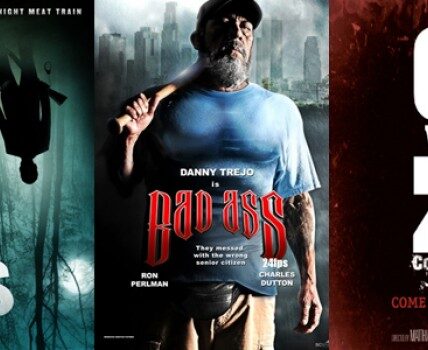Mastering Cinematography: Techniques and Strategies for Captivating Visual Storytellin
Introduction
Cinematography is the heart of visual storytelling, bringing narratives to life through the artful use of camera techniques, lighting, and composition. A well-executed cinematography enhances the emotional impact of a film, immersing the audience in the world created by the storytellers. In this article, we delve into the best practices to keep cinematography at its finest, exploring essential techniques and strategies that elevate your storytelling and capture the essence of your narrative.
**1. The Power of Camera Angles:
Experiment with various camera angles to convey different emotions and perspectives. Low angles can make subjects appear powerful and imposing, while high angles evoke vulnerability or diminishment. Each angle choice adds depth and meaning to your visual storytelling.
**2. Masterful Lighting Techniques:
Lighting is a cornerstone of cinematography. Understand the principles of natural light, artificial lighting, and the interplay between light and shadow to create moods that resonate with your narrative. Experiment with different lighting setups to achieve desired visual effects.
**3. Composition Rules for Visual Harmony:
Explore composition techniques such as the rule of thirds, leading lines, and framing to create visually balanced and aesthetically pleasing shots. Thoughtful composition guides the viewer’s eye and enhances the overall impact of your storytelling.
**4. Depth and Perspective:
Utilize depth of field to draw attention to specific subjects within a shot. Play with foreground and background elements to add layers to your visuals, creating a sense of depth and perspective that engages the viewer.
**5. Movement and Camera Motion:
Dynamic camera movement, whether through tracking shots, pans, or tilts, adds fluidity and energy to your cinematography. Strategic camera motion can guide the audience’s focus and contribute to the storytelling rhythm.
**6. Color Grading for Mood Enhancement:
Color grading is a powerful tool for establishing the emotional tone of a scene. Experiment with color palettes to evoke specific feelings and enhance the overall atmosphere of your narrative.
**7. Texture and Visual Texture:
Consider the textures present in your shots, from the materials of props and costumes to the texture of the environment. Visual texture adds richness and depth to your cinematography, creating a sensory experience for the audience.
**8. Framing and Aspect Ratios:
Choose aspect ratios and framing that align with the tone and genre of your film. Different aspect ratios create unique visual aesthetics, and framing decisions influence the viewer’s connection to the characters and story.
**9. Embrace Natural Elements:
Incorporate the natural environment into your cinematography to create authenticity and a strong sense of place. Weather, landscapes, and natural lighting can all contribute to the visual narrative.
**10. Storyboarding and Shot Lists:
Plan your shots meticulously through storyboarding and shot lists. This pre-visualization process ensures that you capture the desired shots and maintain continuity in your visual storytelling.
**11. Collaboration and Communication:
Effective cinematography requires collaboration with your team, including directors, production designers, and actors. Clear communication ensures that everyone is aligned in achieving the intended visual impact.
**12. Continuous Learning and Exploration:
Cinematography is an evolving art form. Stay informed about the latest advancements in camera technology, lighting techniques, and visual trends to continually refine your craft.
Cinematography is an integral part of the filmmaking process, weaving visual magic that enhances the storytelling experience. By mastering techniques such as camera angles, lighting, composition, and color grading, you can create visually captivating narratives that resonate with audiences. Each element of cinematography contributes to the overall emotional impact of a film, drawing viewers into the world you’ve created. Whether you’re a seasoned filmmaker or a budding storyteller, embracing these cinematography strategies empowers you to craft compelling visual narratives that leave a lasting impression and stand as testaments to the art of visual storytelling.
Here are a few cinematography techniques to keep in mind while watching movies:
- Camera angles: Cinematographers use camera angles to create different effects and convey different emotions. For example, a high angle shot can make a character look small and insignificant, while a low angle shot can make them look powerful and imposing.
- Lighting: Lighting can be used to create different moods and atmospheres. For example, soft, diffused lighting can create a sense of warmth and intimacy, while harsh, directional lighting can create a sense of tension and suspense.
- Composition: Composition refers to the arrangement of elements within a frame. Cinematographers use composition to create visually balanced and appealing shots that guide the viewer’s eye.
- Color grading: Color grading is the process of adjusting the colors in a shot to create a desired effect. Cinematographers use color grading to create mood, atmosphere, and symbolism.
When watching a movie, pay attention to these cinematography techniques and how they are used to tell the story. By understanding how cinematography works, you can appreciate the artistry and craftsmanship that goes into making a film.









